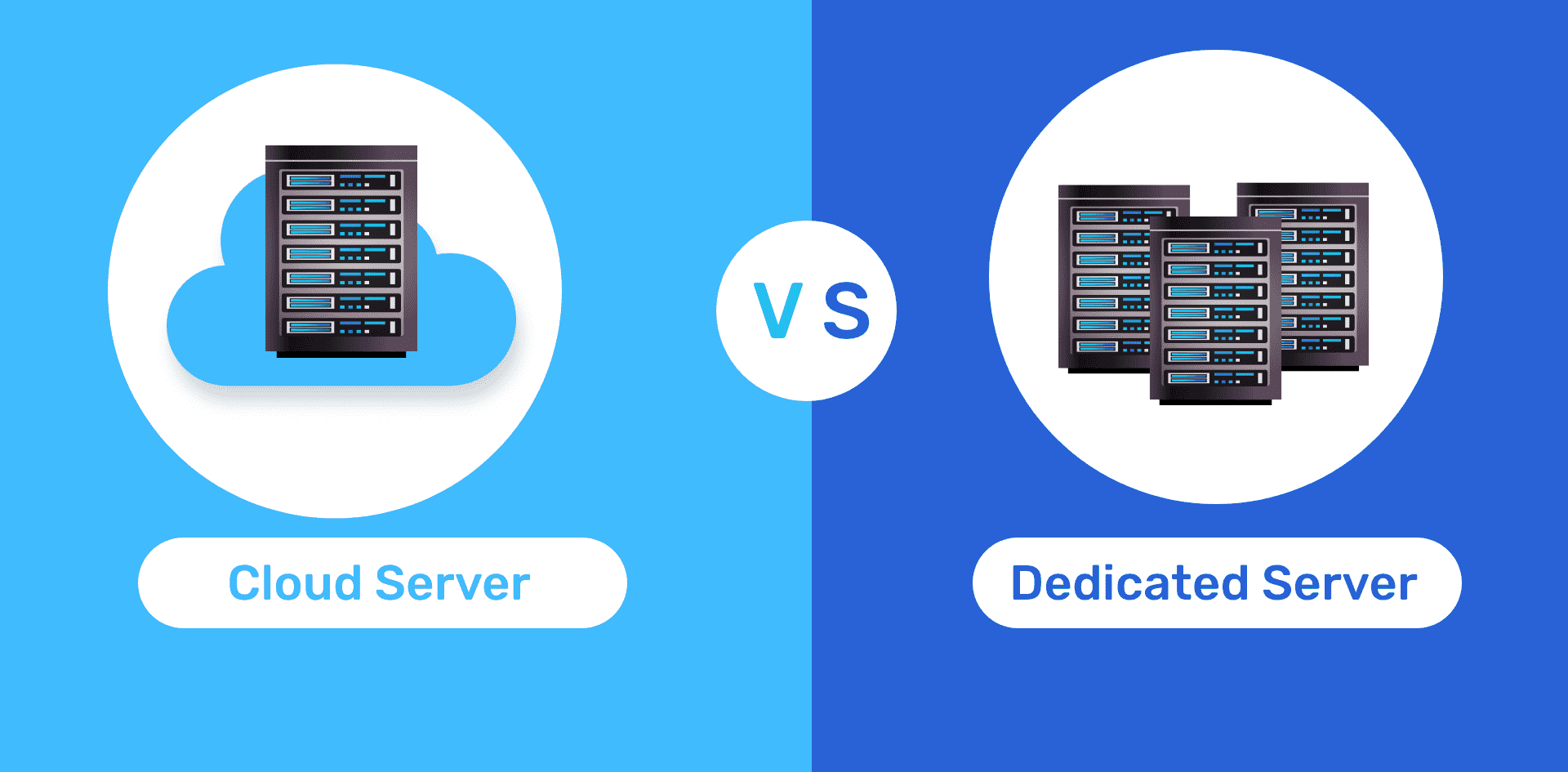Choosing the right hosting solution is crucial for any business, as it can significantly impact operational efficiency, cost management, and overall performance. Two primary options available are Cloud Hosting and On-Premise (or On-Site) Hosting. Both have their own set of advantages and considerations. This blog post explores the key differences between these two hosting solutions to help you determine which is best suited for your business needs.
1. Definition and Basic Concepts
Cloud Hosting: Cloud hosting refers to a hosting solution where your data and applications are stored on virtual servers spread across multiple physical servers in a cloud infrastructure. This model utilizes resources from a network of servers, which are interconnected to provide scalable and flexible hosting.
On-Premise Hosting: On-premise hosting involves setting up and maintaining servers within your own physical premises. This means your organization is responsible for managing the hardware, software, and network infrastructure. All data and applications are hosted on servers located at your own facilities.
2. Cost
Cloud Hosting:
- Pay-As-You-Go: Typically follows a pay-as-you-go pricing model. You pay for the resources you use, which can be cost-effective for varying workloads.
- Lower Initial Investment: Reduces upfront costs as there is no need to purchase physical hardware.
On-Premise Hosting:
- High Initial Costs: Requires a significant upfront investment in hardware, software, and infrastructure.
- Ongoing Maintenance Costs: Includes costs for power, cooling, and maintenance of physical servers.
3. Scalability
Cloud Hosting:
- Flexible Scaling: Easily scale resources up or down based on demand without the need for physical hardware changes. Ideal for businesses with fluctuating needs.
- Automatic Adjustments: Cloud providers often offer automatic scaling options to handle sudden spikes in traffic.
On-Premise Hosting:
- Fixed Capacity: Scaling requires purchasing and installing additional hardware, which can be time-consuming and costly.
- Manual Upgrades: Upgrading capacity involves physical changes to the infrastructure, which may lead to downtime.
4. Maintenance and Management
Cloud Hosting:
- Managed Services: Most cloud hosting providers offer managed services, including regular updates, security patches, and technical support.
- Less IT Overhead: Reduces the need for in-house IT resources to manage hardware and infrastructure.
On-Premise Hosting:
- Full Control: Gives you complete control over your server and infrastructure management, including security and software updates.
- Higher IT Demands: Requires a dedicated IT team to handle maintenance, troubleshooting, and hardware management.
5. Security
Cloud Hosting:
- Shared Responsibility: Security is a shared responsibility between the cloud provider and the customer. Providers typically offer advanced security measures, including data encryption and regular security audits.
- Data Redundancy: Data is often replicated across multiple servers and locations, enhancing data recovery and protection.
On-Premise Hosting:
- Complete Control: Offers full control over security protocols and physical access to servers.
- Custom Security Measures: Allows for the implementation of custom security measures tailored to specific business needs, but requires more effort to manage.
6. Accessibility and Reliability
Cloud Hosting:
- Remote Access: Provides remote access from anywhere with an internet connection, enabling greater flexibility and remote work capabilities.
- High Availability: Cloud providers often ensure high availability and reliability through redundant systems and data centers.
On-Premise Hosting:
- Local Access: Requires physical access to the premises or a VPN for remote access, which can be less flexible.
- Single Point of Failure: May be prone to downtime if a critical component fails, unless extensive redundancy and backup measures are in place.
7. Compliance and Legal Considerations
Cloud Hosting:
- Data Jurisdiction: Data may be stored in multiple locations, potentially impacting compliance with local regulations.
- Provider Compliance: Cloud providers often adhere to industry standards and certifications, but it’s essential to verify compliance with your specific regulatory requirements.
On-Premise Hosting:
- Local Control: Easier to ensure compliance with local data protection regulations as all data remains on-site.
- Custom Compliance Measures: Allows for tailored compliance measures based on your organization’s needs.
Conclusion
Both Cloud Hosting and On-Premise Hosting offer distinct benefits and limitations. Cloud Hosting excels in scalability, flexibility, and reduced initial costs, making it a strong choice for businesses with variable workloads or those looking to minimize IT overhead. On-Premise Hosting, on the other hand, provides full control, security, and compliance, which may be essential for businesses with specific regulatory requirements or those needing complete control over their infrastructure.
Evaluate your business needs, budget, and IT capabilities to determine which hosting solution aligns best with your objectives. For personalized advice and assistance in choosing the right hosting solution, feel free to reach out to Vaircloud. Our team is here to help you navigate the complexities of cloud and on-premise hosting to find the perfect fit for your business.





